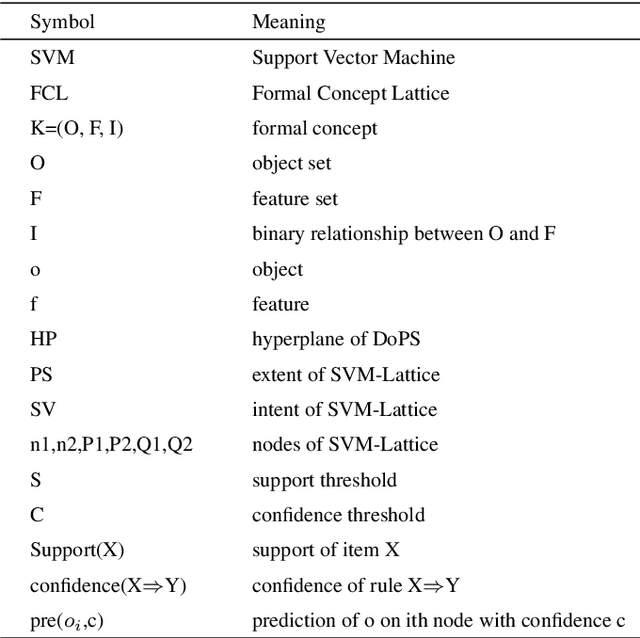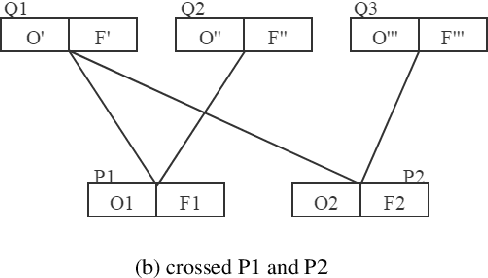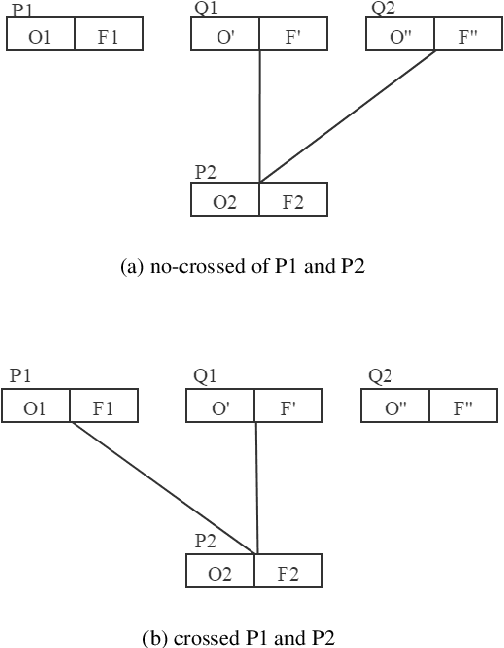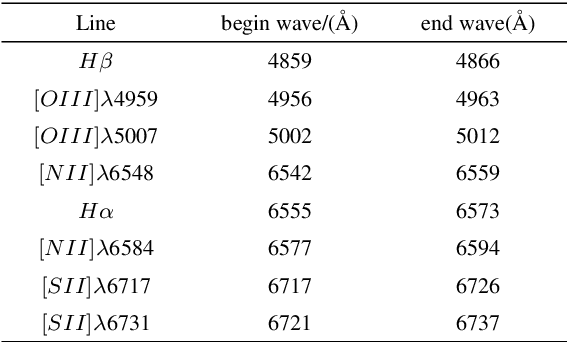Jianghui Cai
Sky Background Building of Multi-objective Fiber spectra Based on Mutual Information Network
Aug 27, 2025Abstract:Sky background subtraction is a critical step in Multi-objective Fiber spectra process. However, current subtraction relies mainly on sky fiber spectra to build Super Sky. These average spectra are lacking in the modeling of the environment surrounding the objects. To address this issue, a sky background estimation model: Sky background building based on Mutual Information (SMI) is proposed. SMI based on mutual information and incremental training approach. It utilizes spectra from all fibers in the plate to estimate the sky background. SMI contains two main networks, the first network applies a wavelength calibration module to extract sky features from spectra, and can effectively solve the feature shift problem according to the corresponding emission position. The second network employs an incremental training approach to maximize mutual information between representations of different spectra to capturing the common component. Then, it minimizes the mutual information between adjoining spectra representations to obtain individual components. This network yields an individual sky background at each location of the object. To verify the effectiveness of the method in this paper, we conducted experiments on the spectra of LAMOST. Results show that SMI can obtain a better object sky background during the observation, especially in the blue end.
SVM-Lattice: A Recognition & Evaluation Frame for Double-peaked Profiles
May 02, 2020



Abstract:In big data era, the special data with rare characteristics may be of great significations. However, it is very difficult to automatically search these samples from the massive and high-dimensional datasets and systematically evaluate them. The DoPS, our previous work [2], provided a search method of rare spectra with double-peaked profiles from massive and high-dimensional data of LAMOST survey. The identification of the results is mainly depended on visually inspection by astronomers. In this paper, as a follow-up study, a new lattice structure named SVM-Lattice is designed based on SVM(Support Vector Machine) and FCL(Formal Concept Lattice) and particularly applied in the recognition and evaluation of rare spectra with double-peaked profiles. First, each node in the SVM-Lattice structure contains two components: the intents are defined by the support vectors trained by the spectral samples with the specific characteristics, and the relevant extents are all the positive samples classified by the support vectors. The hyperplanes can be extracted from every lattice node and used as classifiers to search targets by categories. A generalization and specialization relationship is expressed between the layers, and higher layers indicate higher confidence of targets. Then, including a SVM-Lattice building algorithm, a pruning algorithm based on association rules, and an evaluation algorithm, the supporting algorithms are provided and analysed. Finally, for the recognition and evaluation of spectra with double-peaked profiles, several data sets from LAMOST survey are used as experimental dataset. The results exhibit good consistency with traditional methods, more detailed and accurate evaluations of classification results, and higher searching efficiency than other similar methods.
 Add to Chrome
Add to Chrome Add to Firefox
Add to Firefox Add to Edge
Add to Edge